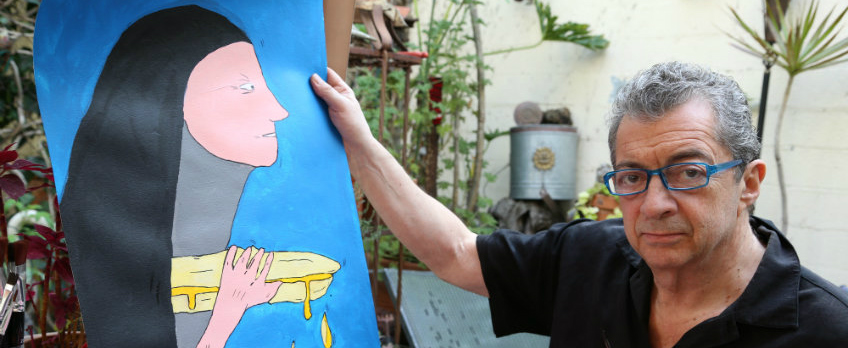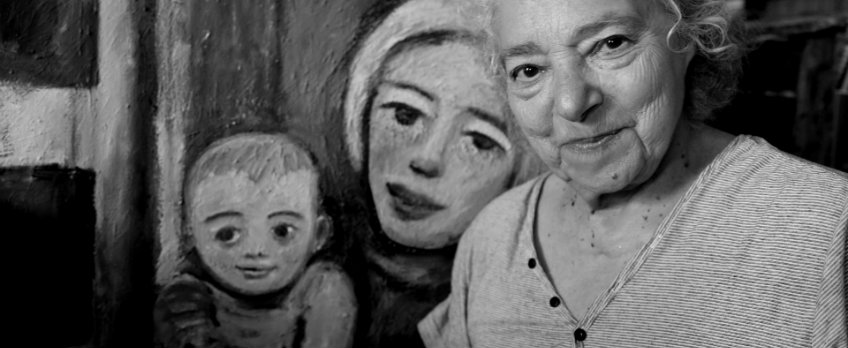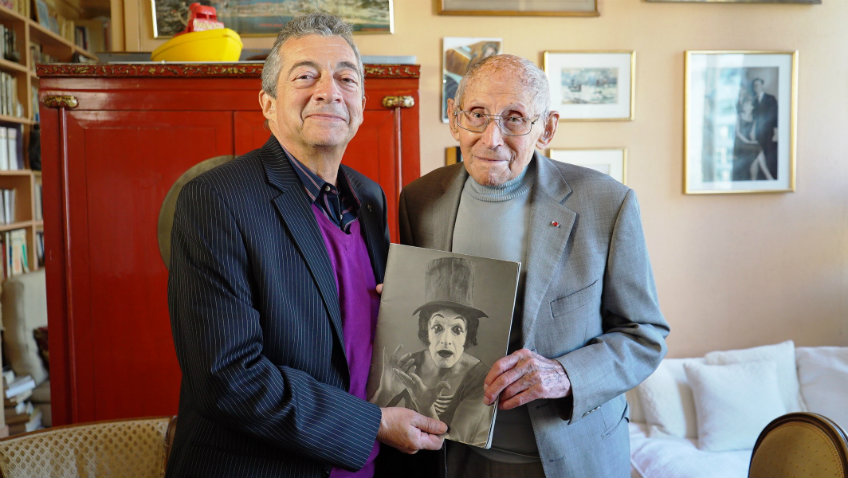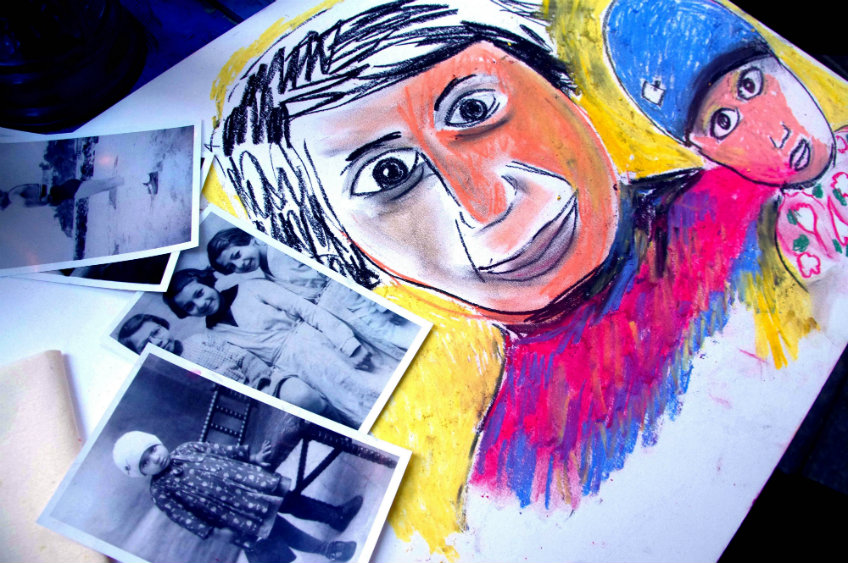Searching for Monsieur Mayonnaise: a Conversation with Trevor Graham and Philippe Mora

Andréas Giannopoulos, Critics Campus 2016
This article contains spoilers for the film Monsieur Mayonnaise.
“There’re two kinds of Holocaust survivors,” Australian filmmaker and artist Philippe Mora tells me. He points to one finger. “Clinically depressed – some people didn’t psychologically survive it, for understandable reasons, then they transferred that to their kids … But my parents had the joie de vivre reaction, which is, ‘Thank God that’s over. Now we’re going to enjoy all the great things about life. We’re going transfer that to our kids.’ So food, culture, dance, everything they thought was great and worth living for. They were going to magnify it and live their life like that.”
Directed by Trevor Graham, Monsieur Mayonnaise sees Mora set out to produce a graphic novel based on the lives of his parents, Mirka – who narrowly escaped a concentration camp as a child – and Georges – a member of the French Resistance nicknamed ‘Monsieur Mayonnaise’. Georges earned the name by discovering a trick that saved the lives of thousands of children: he hid Resistance documents inside baguettes in mayonnaise-smeared wax paper, which Nazi guards wouldn’t touch lest they dirty their nice gloves. The film interweaves several layers of storytelling, including a travelogue of Philippe’s journey across three continents, the creation of Philippe’s paintings for his novel, and, of course, the making of his mother’s homemade mayonnaise.

“We met on Facebook,” Trevor Graham explains. Mora snidely adds, “It’s a digital movie, created by social media.” Graham had met Mora’s parents on a few occasions, but admits he didn’t know the whole story. “The way I initially got to know it was through Philippe’s postings on Facebook,” Graham says. “He posts a lot of stuff about his family and his own career … that’s initially what intrigued me, the combination of film, art, comic books, family, history … a mutual interest in the Holocaust; a mutual interest in the Second World War. We talk for hours about all this stuff … As soon as Philippe told me about Monsieur Mayonnaise, and what he knew of that story, and the whole baguette thing, my imagination just started working overtime. That’s a really good angle for a film – for a story.”
These mutual interests were key to the collaboration between the two. “I don’t think this film could have been made if we hadn’t trusted each other,” says Mora. “The key thing for me was Trevor’s work … particularly Make Hummus Not War, which deftly dealt with very serious issues in a way that didn’t alienate the audience … I knew that my family’s story was full of tragedy, and also humour.” During the film, Mora visits Dr. Henri Parens, a celebrated psychologist whose life Georges Mora saved during the Holocaust. Graham explains: “We’ve just been dealing with Henri’s mother being slaughtered in a camp… And then Henri says, ‘But I want to ask you, about you and how you coped’, and there’s Philippe on the [psychologist’s] couch.” Mora affirms: “That got a big laugh.”

Graham agrees that a balance between humour and horror is “tricky stuff, but I had a lot of confidence in myself, and I also had a lot of confidence in Philippe and Mirka that their presence on camera could make that rollercoaster of humour and emotion work quite well.” He adds, “Life’s like that, too … You can’t dwell on the tragedy; if you do, then you’re fucked.” Mora jokes: “Trevor’s next film is a musical called Holocaust: The Musical.”
Speaking of the film’s various styles, Graham says, “I knew I wasn’t going to make it without it being in some way a bit crazy … But there needed to be some device that kind of glued all that together … I dreamt up the idea of this story being written by Philippe, but by Philippe as a noir detective.” That Philippe’s parents’ story takes place in the 1940s made this a natural fit, “but it’s also about the fact that Philippe’s father Georges was involved in these clandestine activities. So it’s cloak and dagger.” For the pair, the unsung hero of the film’s production is its director of photography, Jenni Meaney, particularly in these noir scenes. Mora says, “At this point she’s instinctual”. Trevor adds, “She can light a scene, like with all those noir scenes, exquisitely. But she can also be very deft with the more observational camera work.”

For Mora and Graham, both directors in their own right, collaborating with each other proved no issue. Mora recalls, “I’ve worked on some films and halfway through you feel you’re in the Foreign Legion … We had none of that. We were all in-sync.” While filming, Graham doubled as both director and sound recordist. He says, “It made the experience between the three of us a bit more connected and intimate.” The film was shot intermittently over two years, which Graham found “a curious process. I’ve never shot something over such a long period of time … and you’d never know that from watching it. It’s all so seamless.”
For Mora, though, the experience of Monsieur Mayonnaise goes beyond his time making it. “It was an incredible life experience … For me, it’s beyond a movie.”